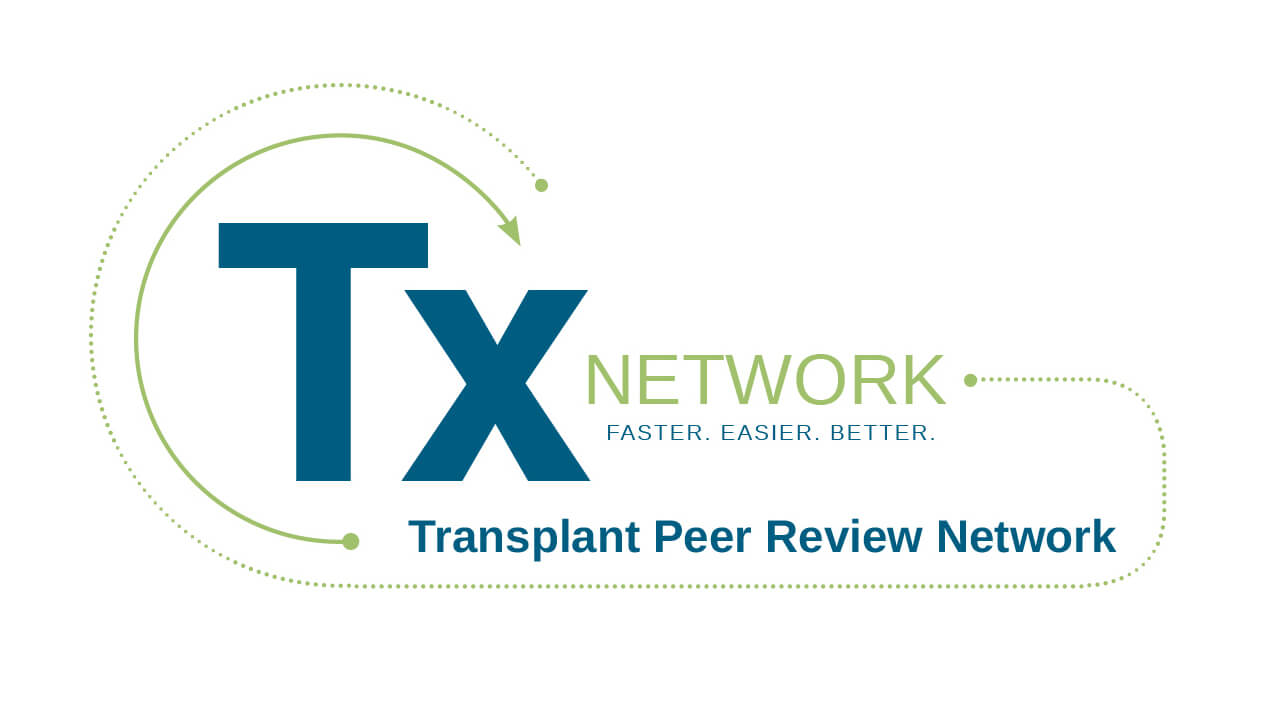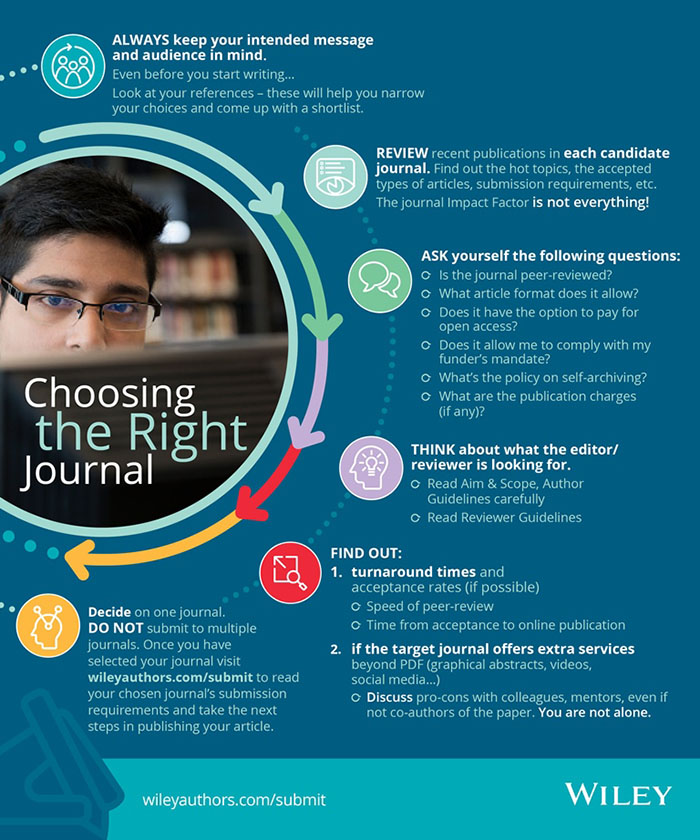how-to-maximize-your-studys-visibility-by-choosing-the-right-journal
What Does the Journal’s Impact Factor Mean?
Journals with a high impact factor (e.g., The Lancet, New England Journal of Medicine, or The BMJ) typically happen to be among the ones that are most widely respected and are read by clinicians and researchers across multiple specialties. However, many of these broad-scope journals are inundated with submissions and therefore have very high rejection rates (reaching as high as 93% in the case of The BMJ).
Altmetrics vs Impact Factor
You might decide to target a specialty journal instead, where there is somewhat less competition, but still maintaining promising metrics. When conducting your research it is important to keep in mind that some journals use the term “impact factor” loosely, displaying their SCImago Journal Rank (SJR), which is based on Scopus, rather than their actual impact factor from the Journal Citation Reports (JCR), which is based on the Web of Knowledge.
Both JCR and SJR figures are averages that are calculated by how many times a journal’s articles are cited. They are journal-level metrics and may not always reflect the amount of attention an individual article receives. An article could receive no citations at all, even if published in a journal with a reasonably high impact factor. Moreover, citations typically take time to emerge and are not the only indicators of how much of a ripple an article creates.
At a basic level, article usage data (downloads, views, etc.) give you an idea of the online traffic a journal receives. More importantly, altmetric data show a paper’s coverage in the mainstream media and blogs, how many times it is tweeted about, or how many “likes” it gathers on Facebook. Journals like Annals of Neurology actively track and share altmetric data, and if you are considering such a journal, checking the altmetric score of a published paper relatively similar to yours in that journal can indicate the kind of engagement you can expect if you publish in this journal.
What is Journal Aim And Scope—Explicit and Implicit
Be aware – a journal may be more “niche” than its name indicates. Always check the following:
- the obvious—the “About” or “Editorial mission” sections
- the table of contents of some previous issues
- read a few editorials and published articles to get a better understanding of whether your article would be appealing to the journal.
- the manuscript format and the submission process, which may differ by article type (especially for primary vs. secondary literature). For instance, NEJM typically does not publish unsolicited review articles, asking authors to submit a presubmission inquiry for such articles.
If the journal has a high impact factor, you should also critically compare your own research with its recent publications. Questions you can ask include “Is my sample sufficiently large and diverse?”, “Have I used the most sophisticated and rigorous methodology for data collection and analysis in the field?”, and “Are my findings going to interest the people who read this journal (across specialties and locations)?”
Moreover, the type of article you submit can affect how the journal positions and promotes it. For instance, Acupuncture in Medicine publishes a systematic review under Original Research but a narrative review under Education and Practice. Article type can also influence the level of access or position allotted to an article. For example, review articles in Orthopaedic Surgery can be accessed for free and are prominently displayed on the journal’s landing page.
Check for Opportunities to Improve Your Article’s Visibility
Mere publication does not guarantee that your article will be read by relevant stakeholders. Find a journal to submit your article to that actively “pushes” their content to their readers, for example:
- Are authors offered the option of sharing read-only versions of their articles?
- Is the Journal active on Social media? A valuable tool for journals to reach out to readers and engage them with content, as in the case of Cancer, which actively disseminates its top articles through Facebook and Twitter. Also, publishers like Wiley have begun partnering with science news portals like Scimex, to disseminate groundbreaking scientific research as widely as possible in the mainstream media. Several forward-looking journals have begun offering authors assistance through multimedia solutions. For instance, the British Journal of Clinical Pharmacology not only assists authors in putting together an audiovisual abstract that can be uploaded on YouTube and Vimeo but also advises them on using these abstracts to increase their findings’ visibility and enhance their professional reputations. Medical Education uses both podcasts and vodcasts (video podcasting) to engage readers.
Remember that even if the journal itself appears niche or regional in reach, its publisher could provide article promotion support, as Wiley does for all its journals through various channels.
Look for Journals That Actively Try to Meet Your Readers’ Needs
Readers of medical journals, whether in the laboratory or clinic, have needs aside from just information. Journals often identify and cater to these needs to build a loyal and engaged readership. Here are a few nice examples to give you a sense of what to look out for:
- Transfusion allows HCPs to earn continuing medical education credits by reading certain articles and then passing a test on the content.
- Muscle & Nerve includes links on its homepage to connect readers with job opportunities in both healthcare and academia.
- HIV Medicine provides free guidelines on care for the diverse spectrum of patients whom HCPs in practice would encounter (e.g., pregnant women and adults with TB/HIV coinfection), as well as a fast-track process for manuscripts disseminating information critical for patient care.
- Obesity’s Patient Page provides information on the latest findings in the field in non-technical language, which HCPs can directly share with their patients.
Verify the Journal’s Reputation
While most experienced authors probably know enough not to get duped by predatory journals and are aware of various whitelists and blacklists available online, you can never be too careful. Besides confirming your choice of journal with your colleagues or seniors, you can look up the editorial board members listed on the journal website and check resources like ThinkCheckSubmit.org and Retraction Watch, to make sure that the journal’s reputation does not inadvertently tarnish your article.
The mass retraction of 107 papers by Tumor Biology in April 2017 was a heavy blow to its reputation. While even highly respected journals like JAMA Internal Medicine have retracted articles, the reasons for retraction and the frequency of such cases have a bearing on their reputation. So you need to do a “background check” of the target journal before submission.
Reconfirm That You Can Meet the Journal’s Special Requirements
Ultimately, it is no use submitting to an attractive journal if you cannot meet its basic requirements. For example:
- you need to make sure you have an ORCID ID before submitting a paper to Diabetic Medicine.
- The Journal of Gastrointestinal Surgery will likely reject a paper on a non-invasive treatment strategy.
- Similarly, an article submitted to Tropical Medicine & International Health may not be considered if it relies solely on null hypothesis significance testing, presenting only P values.
Considering the recent ICMJE recommendations on data-sharing, it is advisable to revisit the submission guidelines of your target journals even if you have previously published articles in them.
In summary, choosing the right journal goes beyond matching the journal’s aims and scope or looking for a high impact factor. Target the journal that gives you and your research the most benefits, making the most of facilities for presubmission inquiries, fast-track submissions, etc. Ultimately, selecting an appropriate journal to disseminate industry-sponsored research is crucial not just for getting the manuscript accepted but also for the findings to reach the most relevant stakeholders and translate into actual impact.










